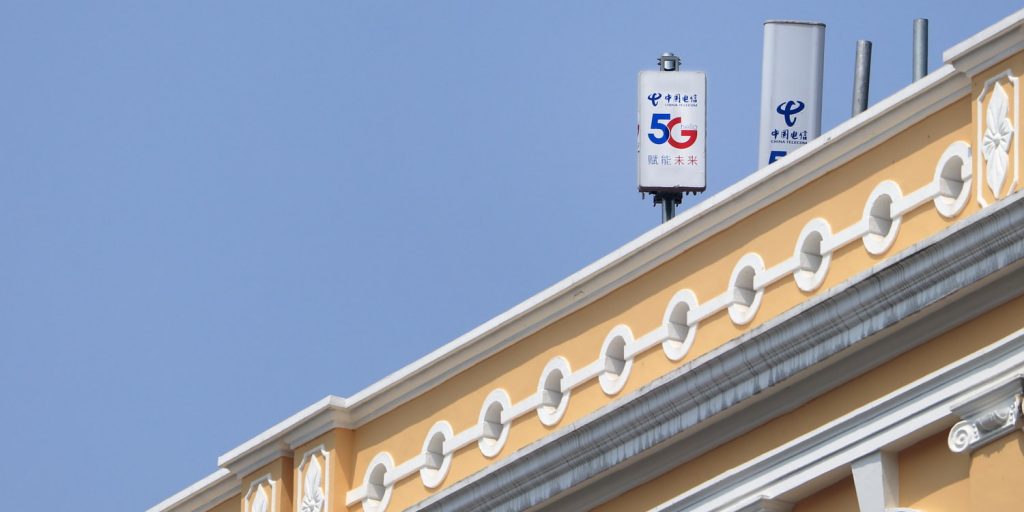Concealing 5G small cell sites in your city
Deployment of 5G services is proving more challenging than it was for prior wireless generations. To provide continuous coverage for fixed wireless access (FWA) and mobile applications, 5G small cell sites must be lower to the ground and significantly closer to one another than previous wireless sites that were mounted high up on macro towers. In fact, the 5G wireless infrastructure will comprise six to twelve times more cell sites than earlier generations, deployed on nearly every city block.
Service providers will need to focus deployment where there is the most need for densification—in the busiest streets, plazas, neighborhoods and business centers. That means small cell sites will be mounted on or within existing street furniture, impacting urban aesthetics and utility operations, and complicating installation. A municipality may have a great variety of infrastructure – a large city can have dozens of types of streetlight poles, both wood and metal. One small cell site design will not fit all.
The New York City metro area is soon to deploy a portfolio of 5G small cell solutions. By strategically using concealment technology, NYC and other municipalities can meet 5G coverage requirements while maintaining an attractive and safe streetscape.
The critical role for concealment
Cities can rely on 5G concealment to make small cell sites blend in with existing architecture and structures, and thereby reduce the concerns some citizens may have about the aesthetics of 5G radio equipment. Today, there are materials that can cover 5G radios and antennas with very little or no impact on performance. Raycap worked with the New York City metro area, and the New York City Department of IT and Telecommunications (NY DoITT), on small cell solutions that use InvisiWave®, a unique patent-pending concealment material that works with 5G mmWave bandwidth and gigabit speeds, with very minimal signal loss.
InvisiWave technology works today in pole toppers, surrounds and radomes on integrated pole configurations, as well as in panels on chimneys, cupolas, screen walls, and other rooftop concealments. Its smooth, surface can be painted to city specifications, and has the necessary durability to stand up to environmental extremes.
In particular, combining InvisiWave with a pole-topper enclosure opens up a broad range of 5G small cell solutions for dense urban environments, weaving these 5G solutions into cities while preserving aesthetic appeal.
Pole toppers provide greater coverage in dense areas
Given the sensitivity of mmWave frequencies to physical obstacles such as buildings, trees and other street-level structures, the top of a streetlight pole typically has the best line of sight for maximum small cell coverage. That’s why, in busier or more cluttered environments, carriers prefer a pole topper for 5G radios and antennas.
With this in mind, NYC and other cities can turn to 4G/5G solution that combines a 5G pole topper using InvisiWave material with the 4G pole-mounted shroud capable of single or multi-carrier configuration. The pole topper can contain and conceal multiple 5G radios and 4G antennas in different configurations to optimize flexibility for multi-tenant sites. The companion shroud integrates and conceals multiple 4G radios and associated electronics. It’s critical that any solution includes all the necessary integration services and pre-cabling to minimize installation time.
Small cell concealment solutions open up a much wider selection of options for streetlight poles for 5G small cell sites. The 5G antennas can provide improved coverage around street-level obstacles, while remaining out of sight. The deployment process includes matching up the hardware with numerous styles of light poles. For example, New York City has 13 metal pole designs. Moreover, streetlight pole dimensions can change as the poles are repaired or serve other purposes besides lighting.
Special shrouds and integrated poles suit newer developments
While existing streetlights will be the backbone of 5G deployment in established neighborhoods, new construction offers new opportunities to “design in” 5G small cell coverage that meets city regulations. Special shrouds can serve as a placeholder for future 4G and/or 5G applications, using InvisiWave material and a form factor engineered to ensure future radio technology can work within the enclosure. Carriers and tower companies have the option to install them now, since they have approved designs and color options to satisfy city regulations, and outfit them with 5G equipment later.
For developments that are installing new street lighting, a fully integrated streetlight pole may be the best option. It places 5G antennas inside an InvisiWave pole topper for optimal coverage, and integrates and conceals all the 4G radios and electronics inside the pole. In other words, the fully operating small cell site “disappears” into the street architecture.
The building blocks for 5G in the city
In the coming years, small cell sites will become ubiquitous on the streets of dense urban areas to provide sufficient coverage for 5G FWA and mobile services for consumers, business and government. Municipalities will want to work with carriers and tower companies to make sure these installations blend in with the aesthetics of city architecture and meet approval of street lighting committees who represent constituent interests.
Dr. Apostolis Sotiriou is AVP Telecom Sales for Raycap, which offers lightning protection, connectivity and concealment solutions for energy, telecommunications and transportation industries.



















